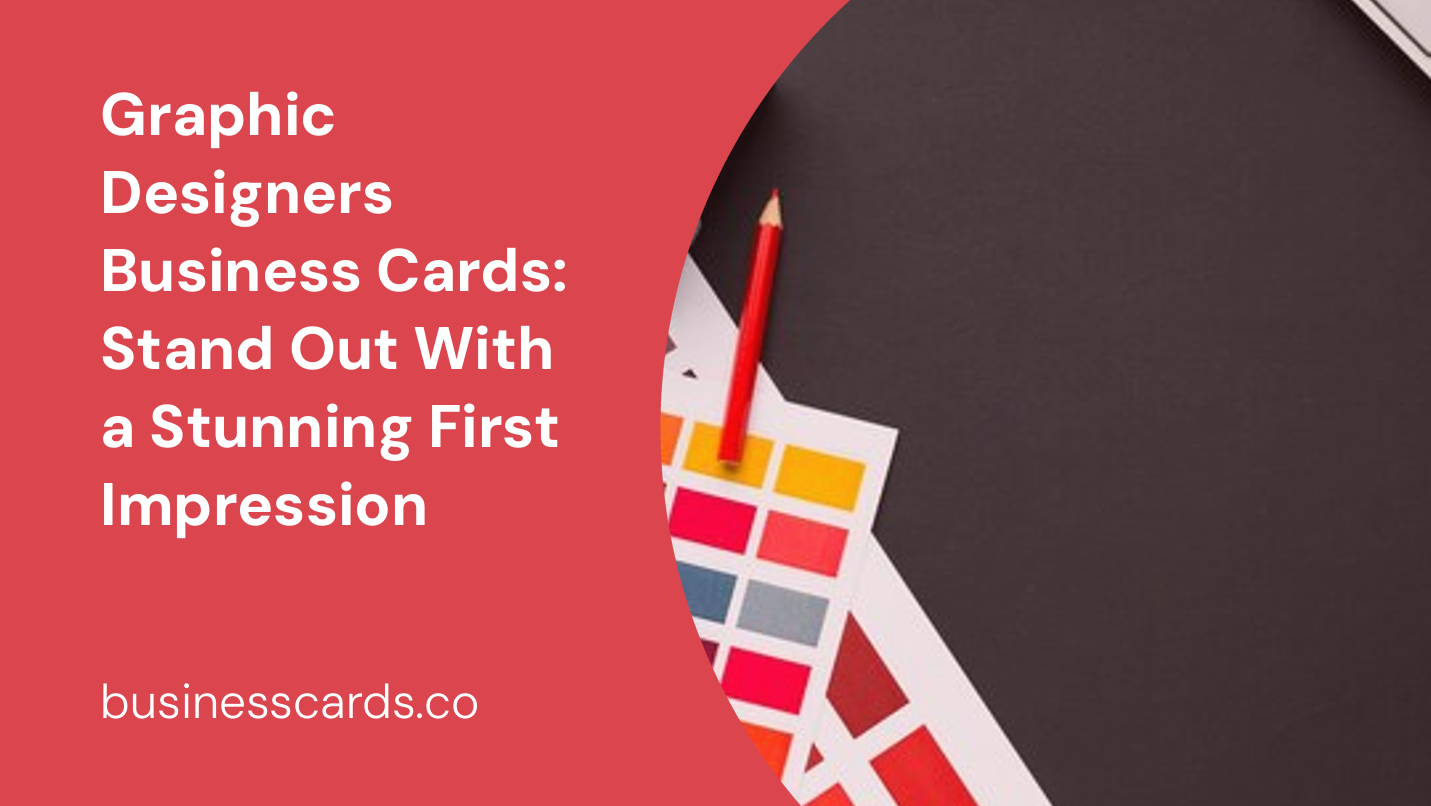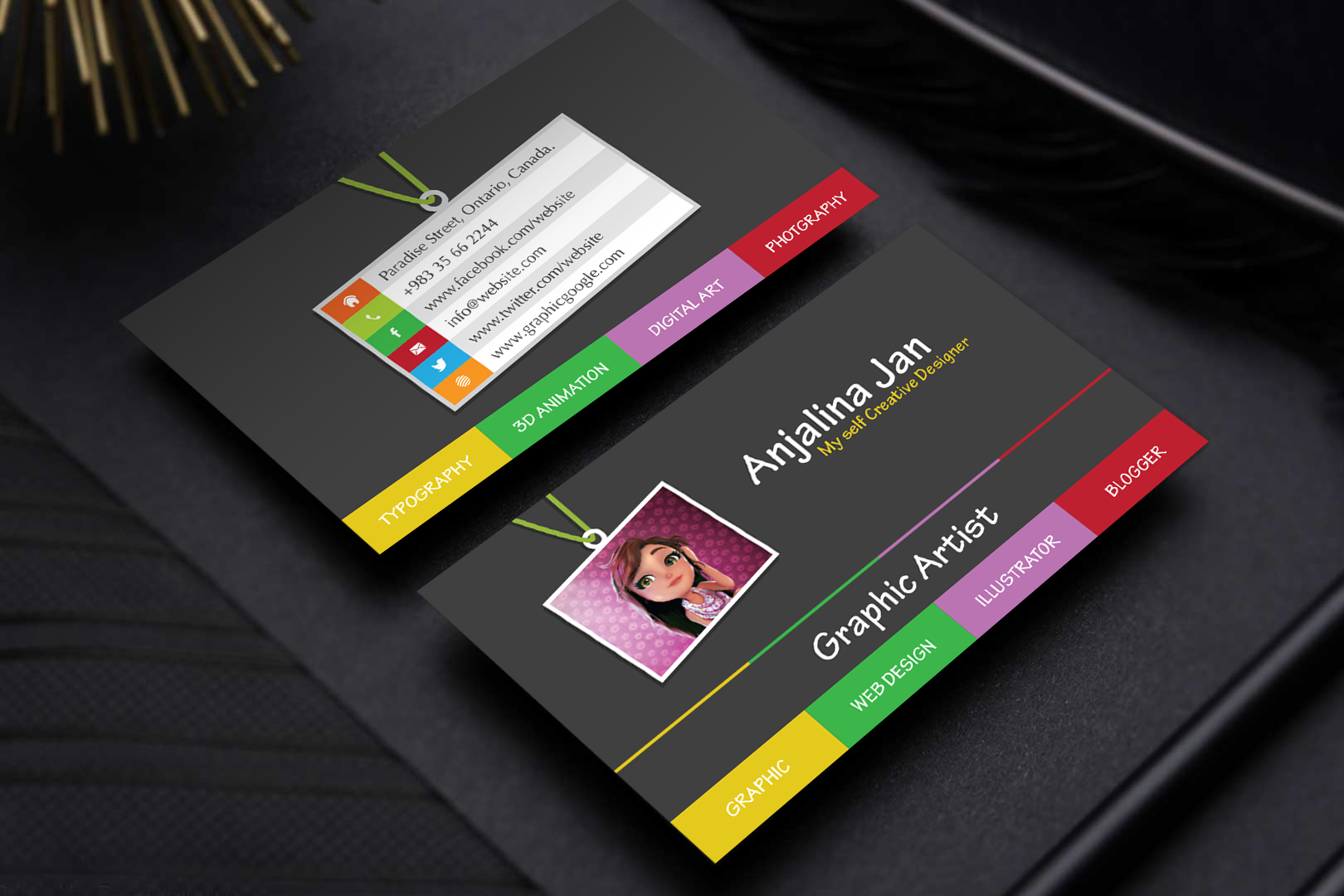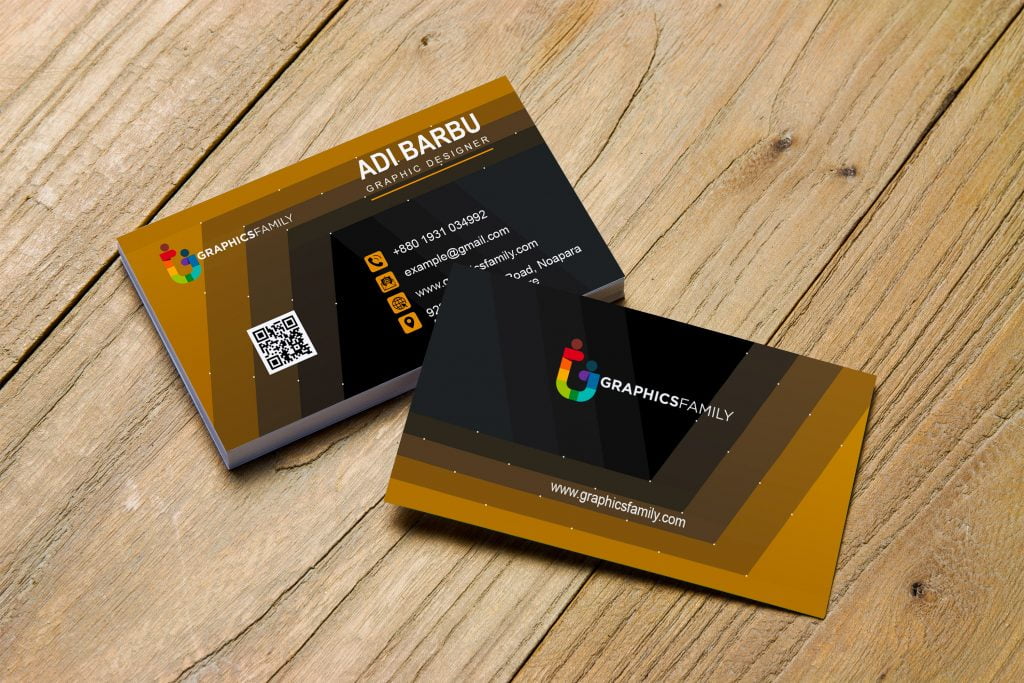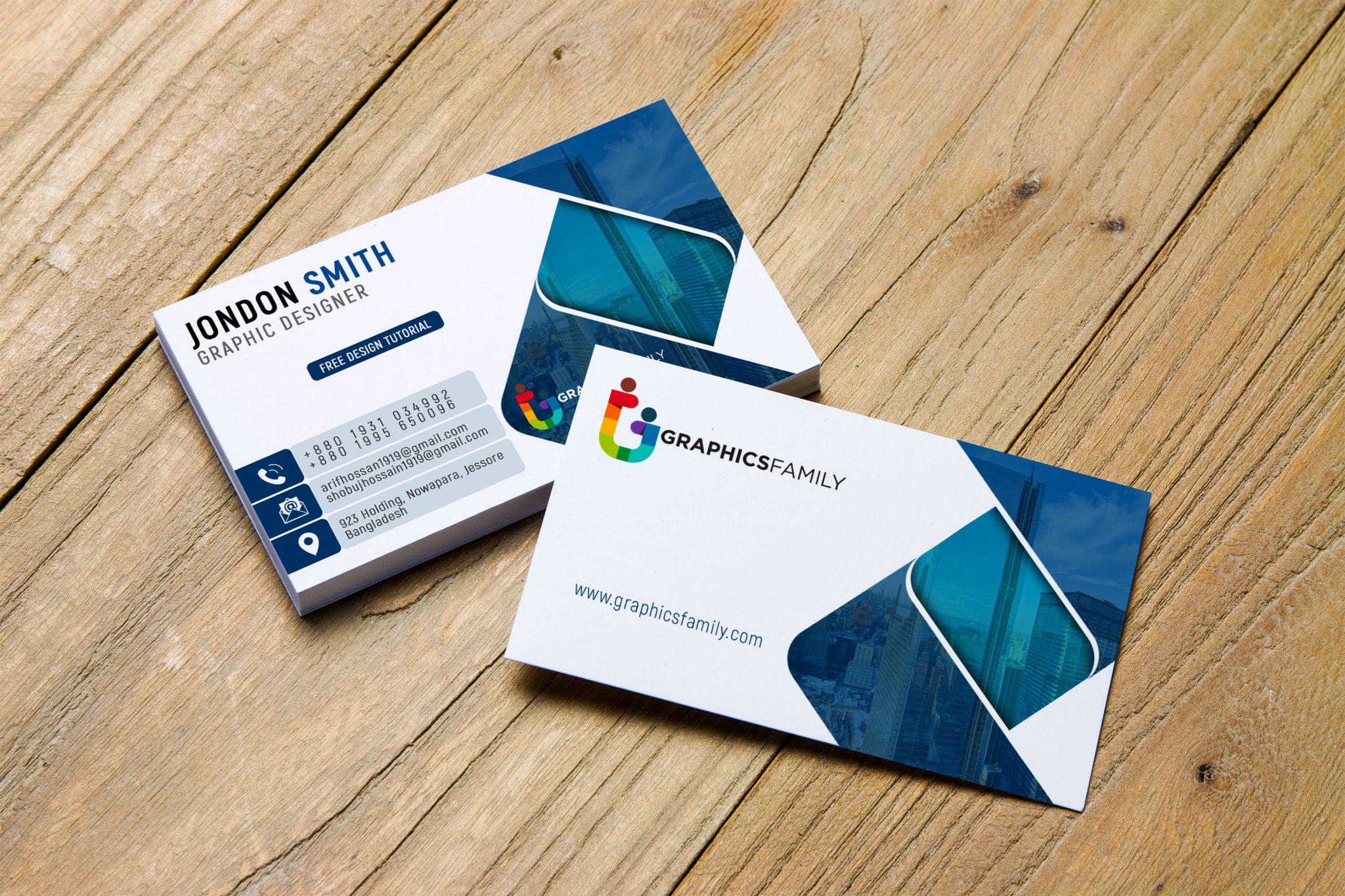
If you’re a graphic designer, you understand the importance of making a lasting first impression. And what better way to do that than with a well-designed business card? As a graphic designer, your business card is not just a piece of paper with your contact details; it’s a reflection of your creativity, style, and professionalism. In this article, we will explore the world of graphic designers business cards and share tips on how to create a card that stands out from the rest.
The Power of a Well-Designed Business Card

In today’s digital age, it may be tempting to dismiss the importance of business cards. After all, you can easily exchange contact information through digital platforms. However, a physical business card still holds tremendous power in making a memorable first impression.
A well-designed business card can immediately convey your style, creativity, and expertise to a potential client or employer. It serves as a tangible reminder of who you are and what you have to offer. Furthermore, a unique and visually appealing business card is more likely to be kept and referred to in the future, ensuring that your contact details remain accessible.
Key Elements of an Effective Graphic Designers Business Card

To create a business card that truly reflects your skills as a graphic designer, there are several key elements to consider:
1. Color Scheme and Typography
As a graphic designer, you understand the power of color and typography in conveying a message. Make sure to use a color scheme and font that align with your personal brand and design style. Consider incorporating your logo or a unique graphic element to make your business card visually memorable.
2. Paper Stock and Finish
Don’t underestimate the importance of the physical quality of your business card. Choose a paper stock that complements your design and conveys a sense of professionalism. Additionally, opt for a finish that enhances the overall look and feel of your card, whether it’s a glossy or matte finish.
3. Size and Shape
While traditional business cards are typically 3.5 inches by 2 inches, don’t be afraid to think outside the box. Consider using unconventional shapes or larger sizes to make your card stand out. Just ensure that the size and shape still allow for easy storage and readability.
4. Information and Hierarchy
When it comes to the information you include on your business card, less is often more. Include your name, job title, phone number, email address, and website or portfolio link. Be mindful of hierarchy and use typography and layout techniques to emphasize the most important details.
5. Visual Examples of Your Work
Consider including visual examples of your work on your business card to showcase your design skills. This could be a small thumbnail image or a QR code that links to your portfolio or online gallery. Make sure the visual elements are relevant and represent the type of work you want to be hired for.
6. White Space and Simplicity
Avoid overcrowding your business card with too much information or design elements. Embrace white space to provide breathing room and make your card visually appealing. Remember, simplicity can often be more impactful than complexity.
Tips for Designing Your Graphic Designers Business Card
Now that you understand the key elements of an effective business card, let’s explore some practical tips to help you create a standout design:
1. Research and Inspiration
Before you start designing your business card, take some time to research and gather inspiration. Look for examples online or in design magazines that resonate with your style and brand. This will help you generate ideas and ensure you stay on-trend.
2. Custom Illustrations or Icons
Consider creating custom illustrations or icons that reflect your design style and can be used as a unique visual element on your business card. This will not only make your card visually appealing but also reinforce your skills as an illustrator or icon designer.
3. Test Different Printing Techniques
Printing techniques such as embossing, foil stamping, or spot UV can add an extra layer of sophistication to your business card. Don’t be afraid to test different techniques to find the one that best enhances your design and catches the eye.
4. Use High-Quality Images
If you decide to include visual examples of your work on your business card, make sure to use high-quality images. Blurry or pixelated images will undermine the professionalism of your card. Consider investing in professional photography or proper image editing to ensure your work is showcased in its best light.
5. Consider Coating or Laminating
To enhance the durability and longevity of your business card, consider coating or laminating it. This will protect it from wear and tear, ensuring that it remains in pristine condition when handed out.
6. Don’t Forget about the Back
While most business cards focus on design elements on the front, don’t neglect the back. Utilize this space to include additional information, such as a short bio or a QR code linked to your website or social media profiles.
Conclusion

Your business card is crucial in creating a lasting first impression as a graphic designer. By incorporating your unique design style, choosing high-quality materials, and focusing on key elements, you can create a business card that leaves a lasting impact. Don’t underestimate the power of a well-designed business card in today’s digital age. So, go ahead and let your creativity shine through your graphic designers business cards, and watch as they become your ultimate tool for making connections and standing out from the competition.
Olivia Reynolds, a marketing maven, is passionate about the impact of graphic design on brand success. Her love for outdoor adventures and travel fuels her fresh perspective on the importance of visual aesthetics in business cards and branding.